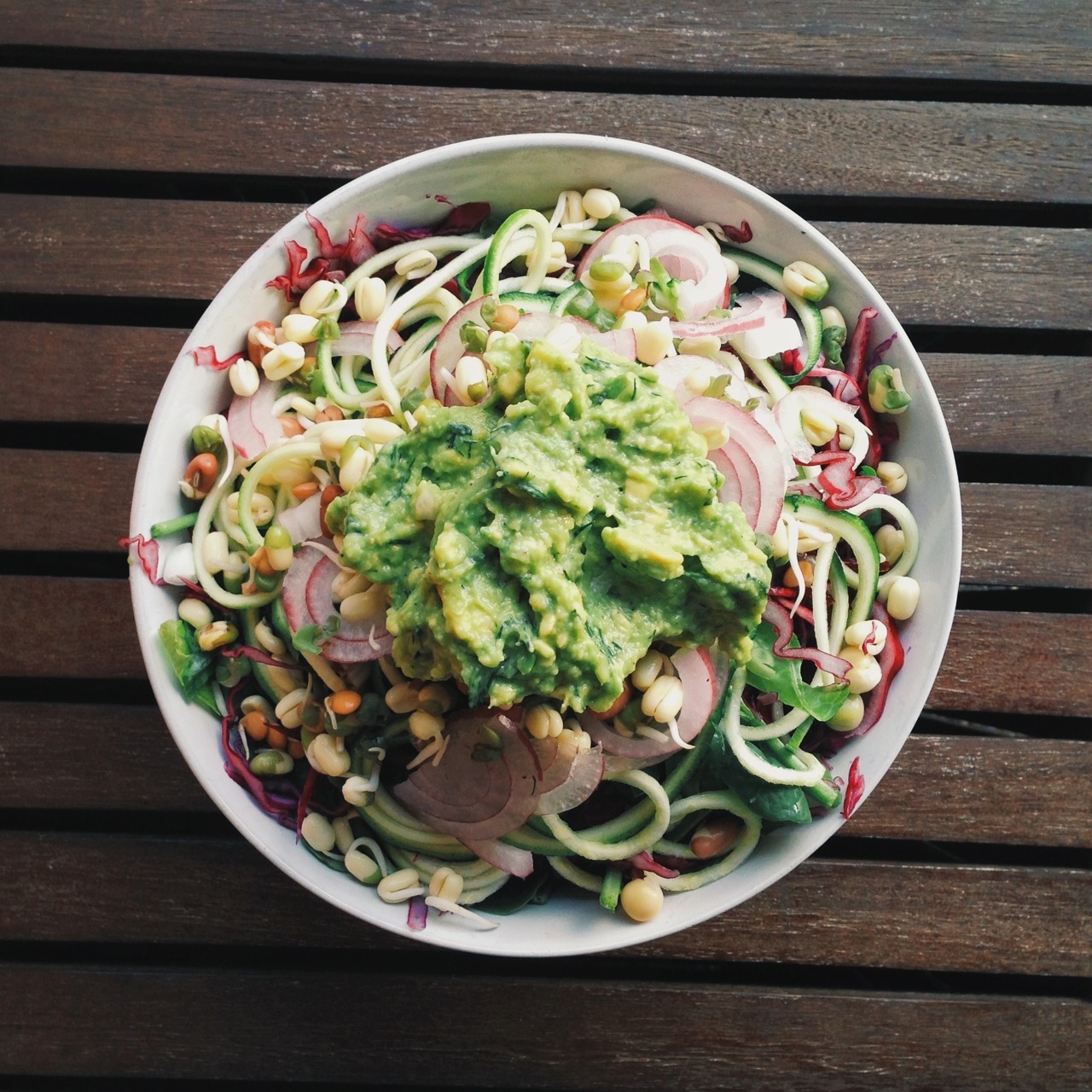Nutrient timing is a valuable eating technique to assist you in your fat loss goals. The theory is that by eating certain foods or macronutrients in various quantities at particular times, you can maximize your fat loss. By putting your body in a better hormonal and metabolic state, you give yourself the best chance of being able to release fatty acids.

How to Time Your Meals
Everyone’s diet is unique to their own body. The principles stay the same, but the quantities will change based on size and activity levels. I am going to outline a typical 5 meal/day approach to nutrient timing. So let’s look at our mealtimes:
9am
12pm
3pm
6pm
9pm
Five evenly spaced meals, eating every 3 hours. I prefer to work out first thing in the morning for many reasons, but the most important thing when it comes to picking a time, is that you make sure you work out, and do it consistently.
Let’s start with the first meal right after our workout. This is by far the most important meal of the day. Your muscles are exhausted and depleted of fuel, and need the necessary food to start rebuilding. Your insulin sensitivity is at its highest after a workout, so our first meal of the day is an opportune time to ingest our largest portion of carbohydrates for the day.
Protein is the 2nd macronutrient that your muscles are starving for after your workout. Your muscles need protein to start the rebuilding process.
I like to try to get in .8- 1 times my lean body weight in protein a day, split evenly between my meals. A 170lb person with 150lbs of lean body weight would then get (1 x 150 = 150 grams of protein). Divide that by the number of meals (150 / 5 meals = about 30 grams of protein per meal).
I like to have a homemade protein shake immediately after my workout. It usually consists of protein (milk, greek yogurt, etc), a frozen banana, some oatmeal, a handful of spinach, some ground flaxseed, and lemon-flavored fish oil.
Many hardcore dieters will argue against fruit post workout due to its fructose content, and while their arguments might have some validity to them when you’re trying to get to ultra low body fats, in the end, the most important thing is to get in your nutrients and eat good whole foods. You want a good nutrient dense diet, and loading up your shake with high GI processed sugars works against that goal.

I also add a tablespoon of cod liver oil to get in my daily intake of essential fatty acids (EFAs). This meal/shake is packed with vitamins, nutrients, minerals, protein, fiber, and EFAs. It will give your body everything it needs to start the rebuilding process.
If you do your workout first thing in the morning, I recommend that you start to taper your carbohydrate intake down during the next few meals. Remember, eat those carbs while your insulin sensitivity is at its highest. So, let’s look at those meals again and see what our macronutrient breakdown will look like.
TIME FAT CARB PROTEIN CALORIES
9am 13 60 30 447
12pm 5 40 30 325
3pm 9 30 30 321
6pm 13 20 30 317
9pm 15 10 30 295
TOTAL 54 160 150 1705
Nutrient Timing Principles
As you can see, as the carbohydrates taper off into the evening, I start replacing the calories with fat – healthy fats. Your diet may need more carbohydrates or less depending on your workout intensity, but the idea of tapering off your carbohydrates throughout the day remains the same.
The numbers don’t have to be exact. Just be mindful that you’re tapering off throughout the day. To summarize the principles:
- Time your carbohydrate intake around your workout. This is when your insulin sensitivity is at its highest.
- Taper off your carbohydrates as the day progresses. Your insulin sensitivity is lowered as each meal containing carbohydrates is eaten.
- Little to no carbohydrates in your final meal of the day. Your liver glycogen stores should be full enough from the prior carbohydrate meals to fuel brain and nervous system function without having to break down protein through gluconeogenesis.
- As your carbohydrate intake is tapered off through the day, start replacing calories with healthy fats. Sources include nuts, seeds, avocado, natural fats from meat, eggs, dairy, flax oil, fish oil, etc.
- Taper off your calories throughout the day also. The majority of your calories should be eaten around your workout.
Give nutrient timing a try if you find your progress has stalled. You may just find that putting your body into an optimal fat burning environment is just what you need to get your fat loss going again.
Source

Eat The Complete Pure Cow Desi Ghee.
ReplyDeleteAccording to ancient Ayurveda, cow ghee is full of essential nutrients, fatty acids, antibacterial, antifungal, antioxidant and antiviral properties. This is quiet full of sweet and saturated fat. You can add 2 teaspoons on your baked dishes during lunch or dinner, or you can use it in cooking. If fuel is solid, keep in mind it may be hot for a while until it becomes liquid if Cow Ghee is very old so it is more effective and more expensive.
Cow Desi Ghee
Desi Ghee
Pure Desi Ghee
A2 Cow Desi Ghee